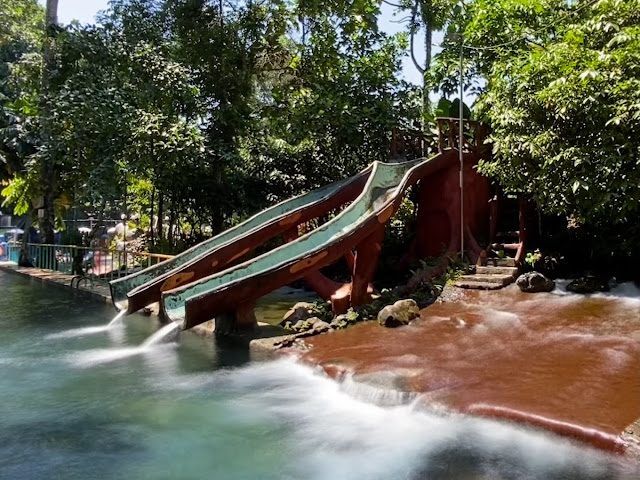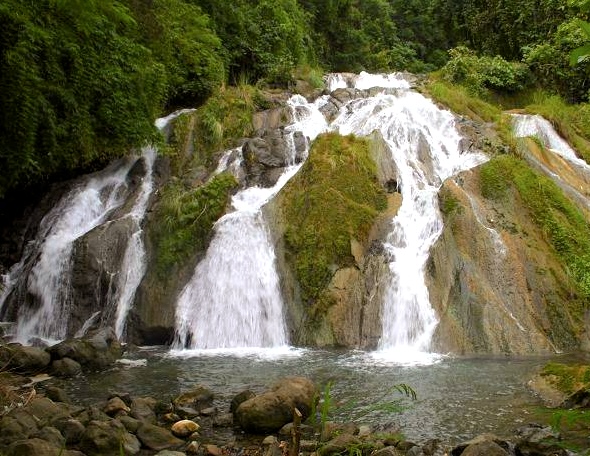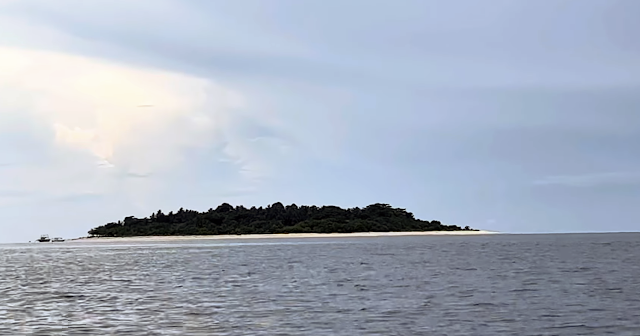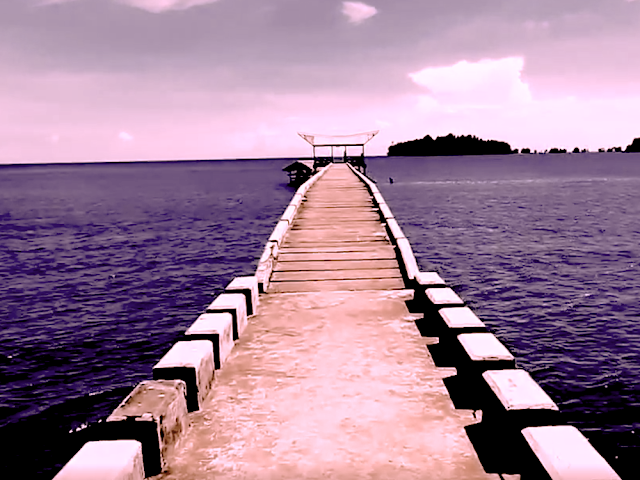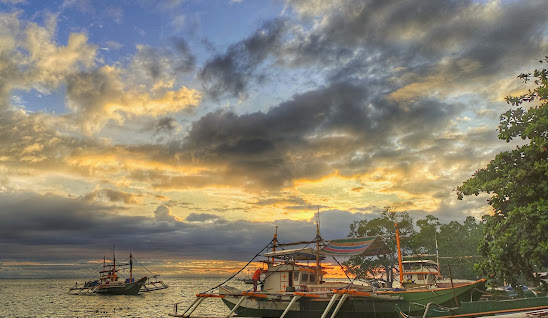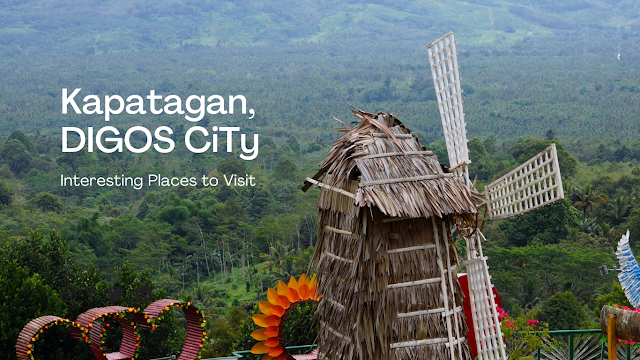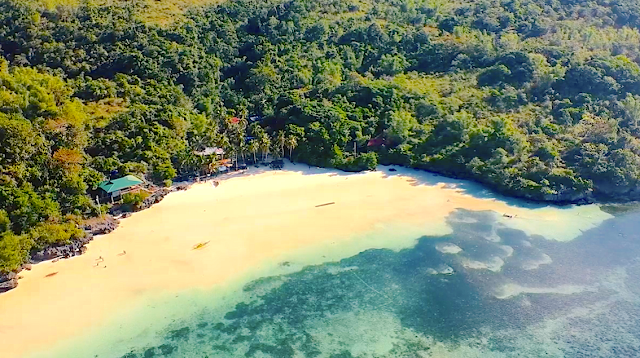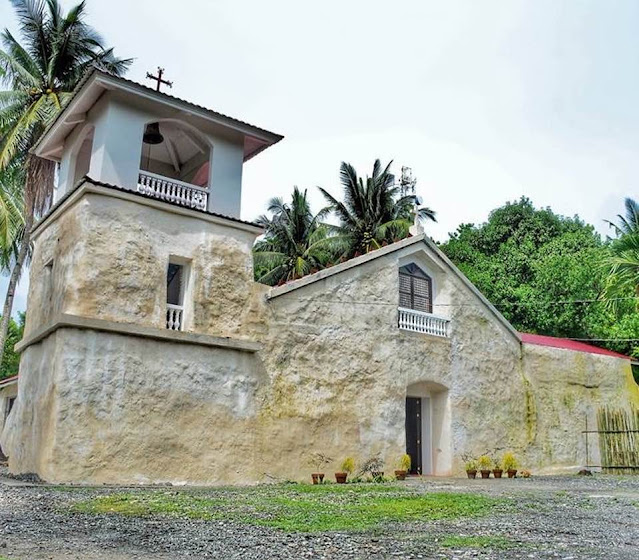A Journey Through History The roots of Bayog, Zamboanga Del Sur, can be traced back to the 1950s when pioneers settled in this pristine area. The journey to access essentials like food required arduous trips through the jungles of Baking, Lakewood, Nilo, and Maragang, or across swampy terrains like Lamare, Galit (now Villacastor), Gaulan, and Diplahan, often navigating Sibuguey River on bamboo or wooden rafts to reach Malangas. In 1953, a surge of immigrants found their home in Bayog, which was initially a barrio under the Municipality of Malangas. Named after the abundance of "Bayog" trees, the area quickly grew in population and significance. A Strive for Independence By 1957, opportunities in agriculture, business, and employment attracted even more settlers. The construction of the SAMAR MINING COMPANY (SAMICO) road from Bobuan to Pamintayan further fueled the town's expansion. In 1959, Bayog had outgrown its barrio status, leading to the creation of a new barrio, now...

